

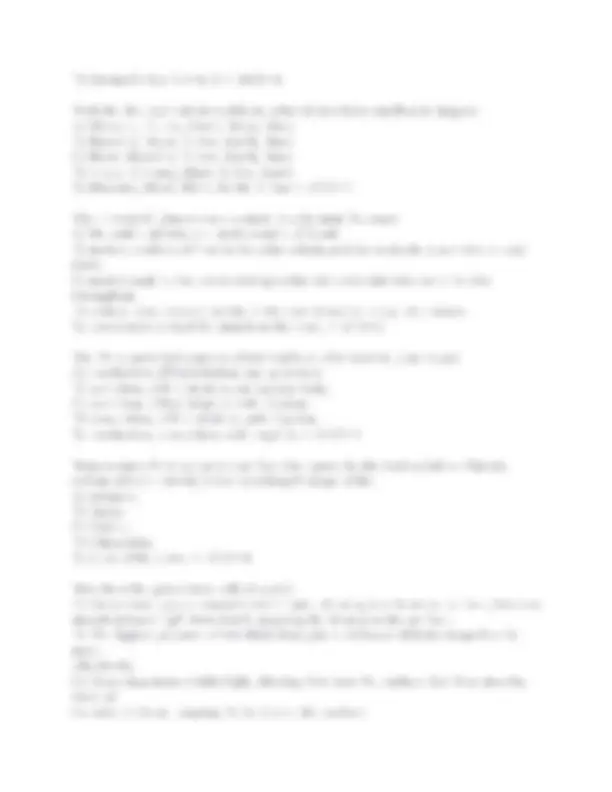
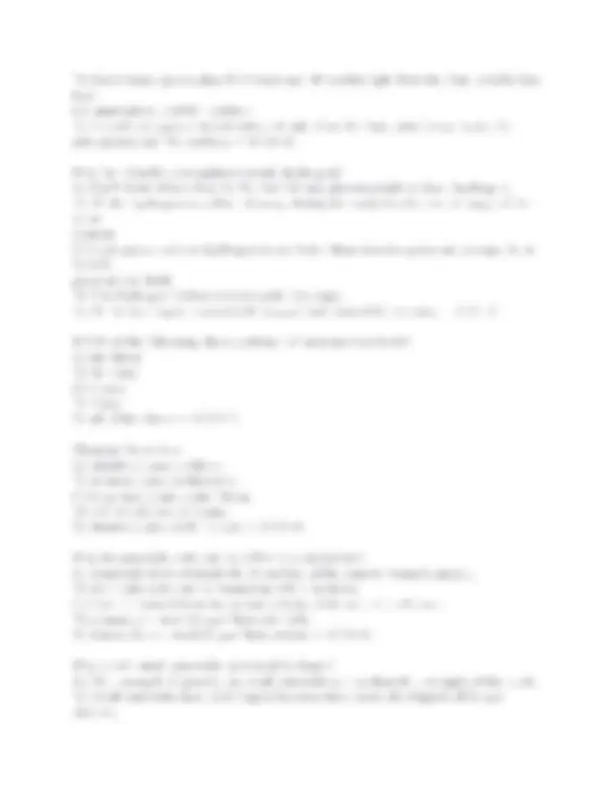



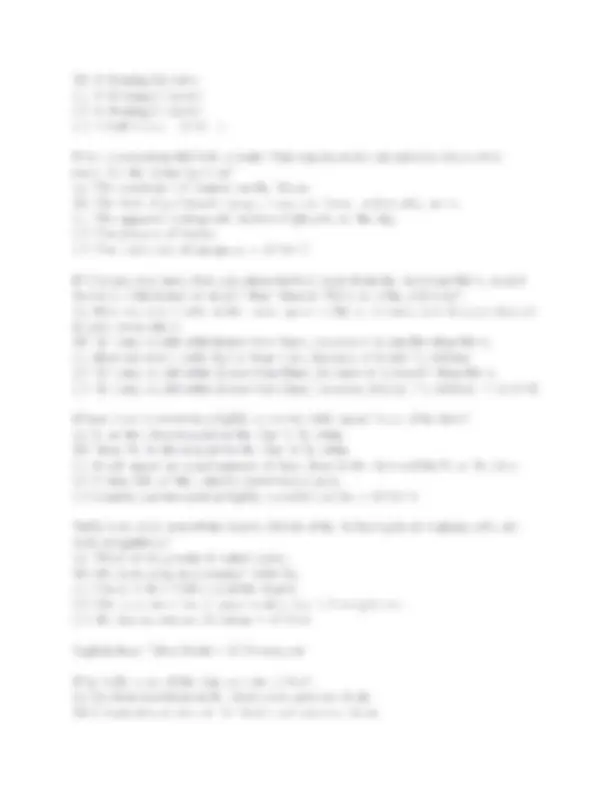




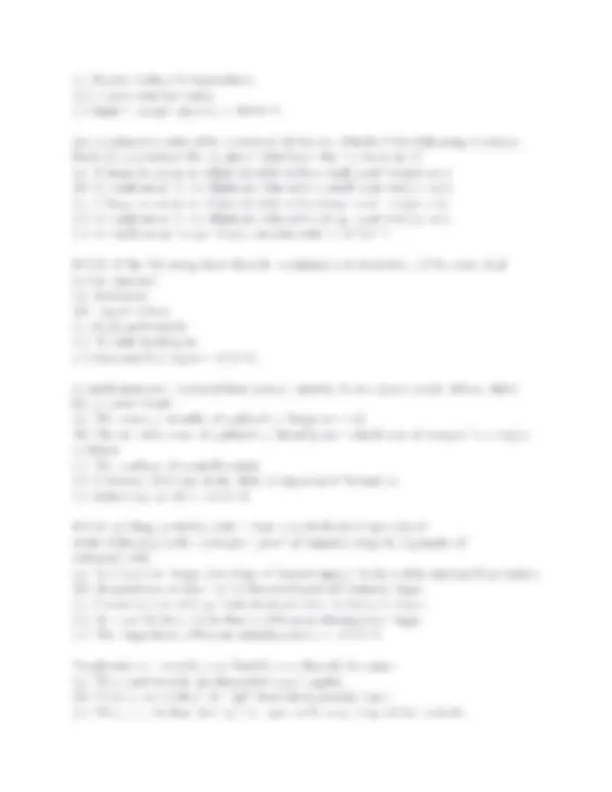
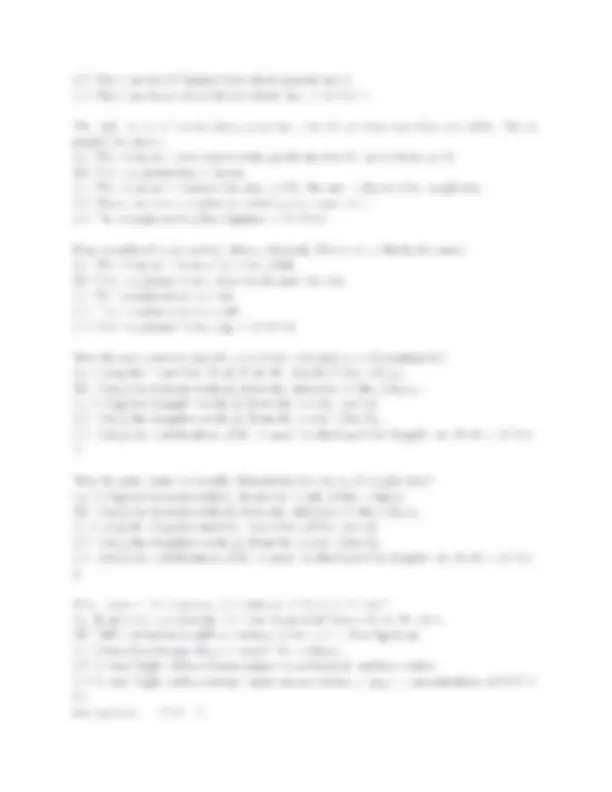
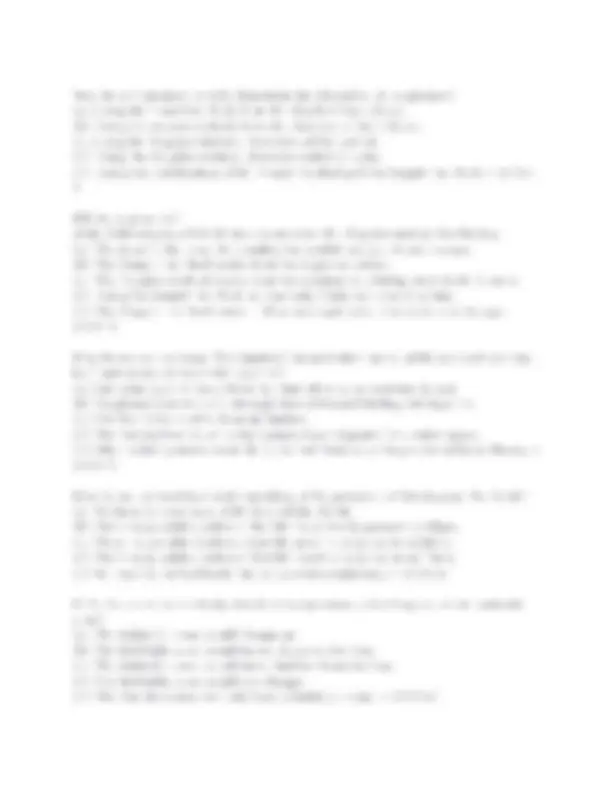













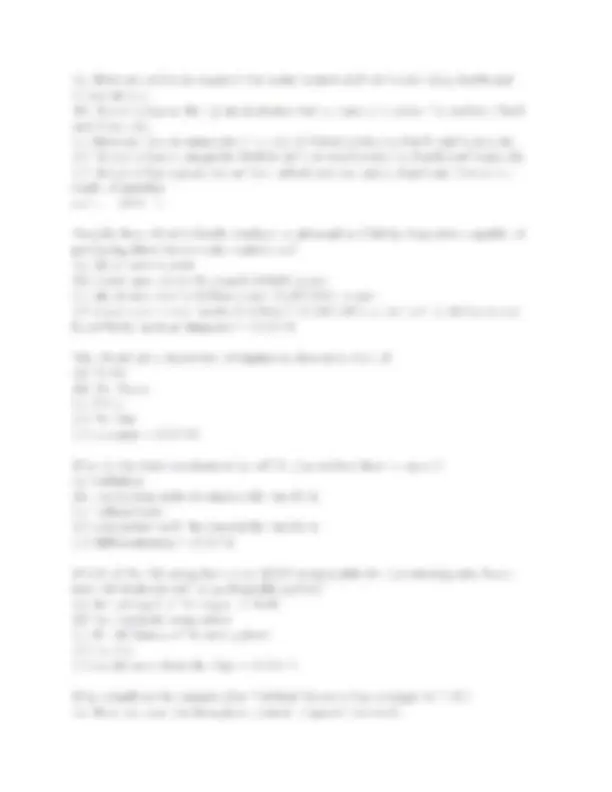
















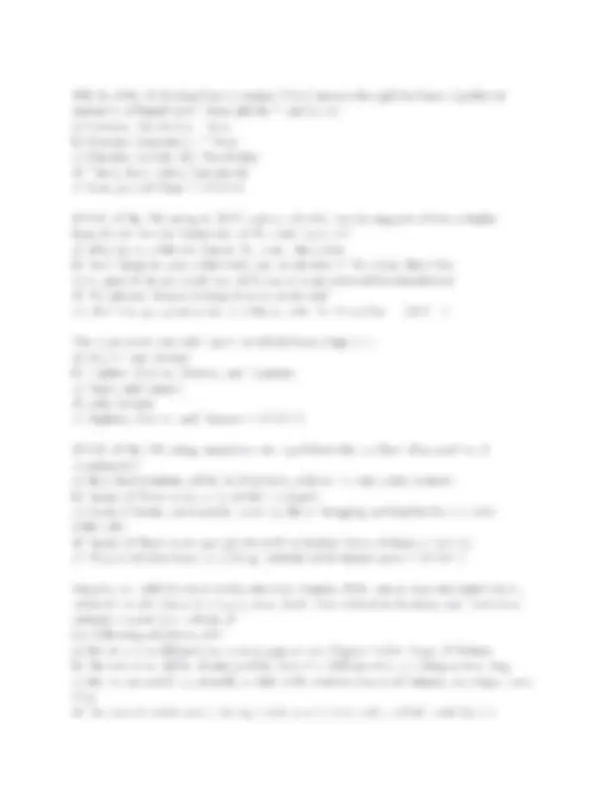




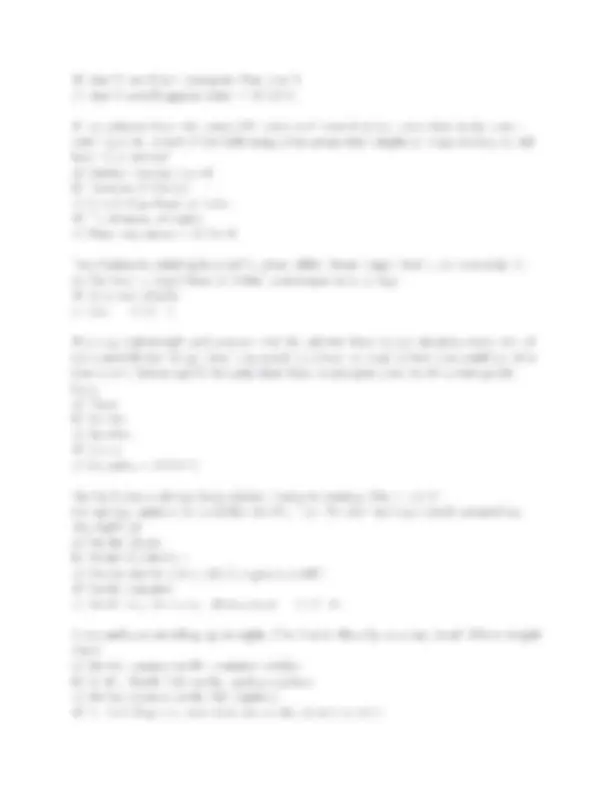




Study with the several resources on Docsity

Earn points by helping other students or get them with a premium plan


Prepare for your exams
Study with the several resources on Docsity

Earn points to download
Earn points by helping other students or get them with a premium plan
Community
Ask the community for help and clear up your study doubts
Discover the best universities in your country according to Docsity users
Free resources
Download our free guides on studying techniques, anxiety management strategies, and thesis advice from Docsity tutors
A set of multiple-choice questions covering fundamental concepts in astronomy, suitable for a final exam in an introductory astronomy course. The questions address topics such as the number of stars in the milky way, the concept of light-years, the significance of the north star, lunar phases, and kepler's laws of planetary motion. These questions can be used for self-assessment or as a study guide for students preparing for an astronomy exam.
Typology: Exams
1 / 60

This page cannot be seen from the preview
Don't miss anything!





















































AST101 - Uoft Final Exam Questions
Roughly how many stars are in the Milky Way Galaxy? A) 1 billion B) 100 billion C) 10 billion TD) 100 million T) 100 trillion - ANS-B Which of the following statements does not use the term light—year in an appropriate way? A) It's about 4 light-years from here to Alpha Centauri. B) Tt will take me light-years to complete this homework assignment. C) A light-year is about 10 trillion kilometres. TD) It will take the Voyager spacecraft about 20.000 years to travel just 1 light— year. E) The Milky Way Galaxy is about 100,000 light-years in diameter. — ANS-B What makes the North Star, Polaris, special? A) ILis the brightest star in the sky. B) It is the star straight overhead. C) It appears ry near the north celestial pole. TD) Tt is the star directly on your northern horizon. TF) Tt can be used to determine your longitude on Earth, - ANS-C Tf the Moon is setting al 6 A.M., the phase of the Moon must be A) first quarter. B) third quarter. C) full, D) new. F) waning crescent. — ANS-C Kepler's second law, which states that as a planet moves around its orbit it sweeps out equal areas in equal times, means that A) a planet travels faster when it is nearer lo the Sun and slower when it is farther from the Sun. B) a planet's period does nol depend on the eccentricity of ils orbit. C) planets that are farther from the Sun move at slower average speeds than nearer